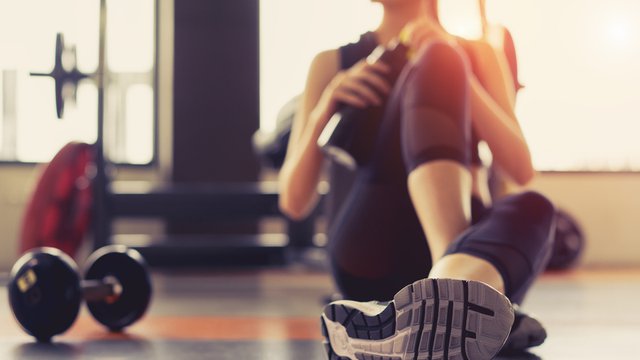

If you maintain a consistent exercise routine of five to six days a week, you probably set aside one or two days to rest completely, without any physical activity.
However, as studied in programmes such as the Master High Performance Sport, the Master in Sports Physiotherapy, or the Online Sports Coaching Course, days of inactivity are now a thing of the past for many athletes. More and more people are adopting the new trend known as active rest day. If you want to know what this routine consists of carry on reading this post.
Differences between active and passive recovery
When maintaining a consistent physical exercise routine, we must consider the importance of rest, both for ourselves and for our muscles. In this regard, there are two approaches to implementing rest: total rest and active rest.
The first approach is to refrain from any activity during the rest period. Active rest, on the other hand, is based on participating in some sporting activity during the relaxation time.
Active rest therefore involves a break from regular exercise but keeps the level of exertion to a minimum. These days, our muscles are kept active through activities that are less intense and demanding than usual.
Active rest continues to bring benefits to the body without demanding the same effort as daily training sessions. And, at the same time, it allows the body to recover between one day and the next.
Benefits of active rest
This type of recovery is gaining popularity because of the advantages it offers. Some of the benefits of active rest, which would not be provided by complete rest, are as follows:
- It improves blood flow, supplying additional oxygen and nutrients to the muscles.
- It helps to lower the concentration of lactate in the blood.
- Stimulates the release of anabolic hormones.
- Facilitates regeneration and recovery after exercise.
- Boosts strength in subsequent activities.
- Prevents overtraining.
Examples of active recovery
There are many activities that can be carried out to practise active recovery, with different levels of intensity. Some of the most practised are, for example:
- Low-impact exercises: walking, cycling, swimming or using the elliptical, among others.
- Mobility activities: stretching, yoga, pilates, etc.
- Massage therapy: self-massage techniques, foam rollers, massage pistols, etc.
- Dynamic movements: exercises related to the use of body weight, resistance band training or weight lifting, among others.
- Hydrotherapy: hot or cold showers, ice baths, contrast baths and other similar techniques.
- Activities involving the connection between body and mind: meditation, deep breathing or tai chi.
- Other activities: nature hikes, playing with pets and other practices that are not considered sports per se.
On the other hand, during active rest days, it is advisable to take care of your diet, eating nutritious food that is high in protein, complex carbohydrates and antioxidants. It is also important to maintain adequate hydration with water or electrolyte-containing drinks.
Why is active rest essential for athletes?
Active rest is essential to improve the various factors of athletic performance. In addition, some athletes find it essential for several reasons:
- It prevents injuries. Training intensively every day of the week in a high-performance sport carries a higher risk of injury. Even professional athletes avoid doing so and resort to active rest.
- It reduces stress. Competitive pressure or the constant challenge to push your limits can have a negative impact on your mental well-being. Incorporating a day of active relaxation into your weekly routine will help reduce the mental burden associated with these circumstances.
- Ease muscle discomfort. Sometimes we experience muscle soreness after exercise. Active rest has been proven to be effective in building muscle with less soreness. The secret lies in maintaining movement and ensuring adequate blood flow.
- It is the most effective strategy to recover without compromising your fitness. Resting completely for a month can lead to a decrease in muscular strength, aerobic endurance and flexibility. Active rest, on the other hand, can preserve these while your muscles recover properly.
- Faster improvement. By opting for active rest, you not only ensure constant blood circulation and a better supply of nutrients. You also continue to burn calories, lose weight and tone your body. Both passive and active rest are beneficial in allowing your body to recover from muscle micro-tears that occur during exercise.
Active rest is essential in the physical preparation of athletes who train intensively and consistently. Therefore, taking time to rest is essential for the recovery of the body after training, muscle strengthening and injury prevention.
If you want specialised training in sport, which allows you to learn in depth about the benefits of active rest, check out the sport master's degrees offered by the Universidad Europea.
Article published on Nov. 7, 2023